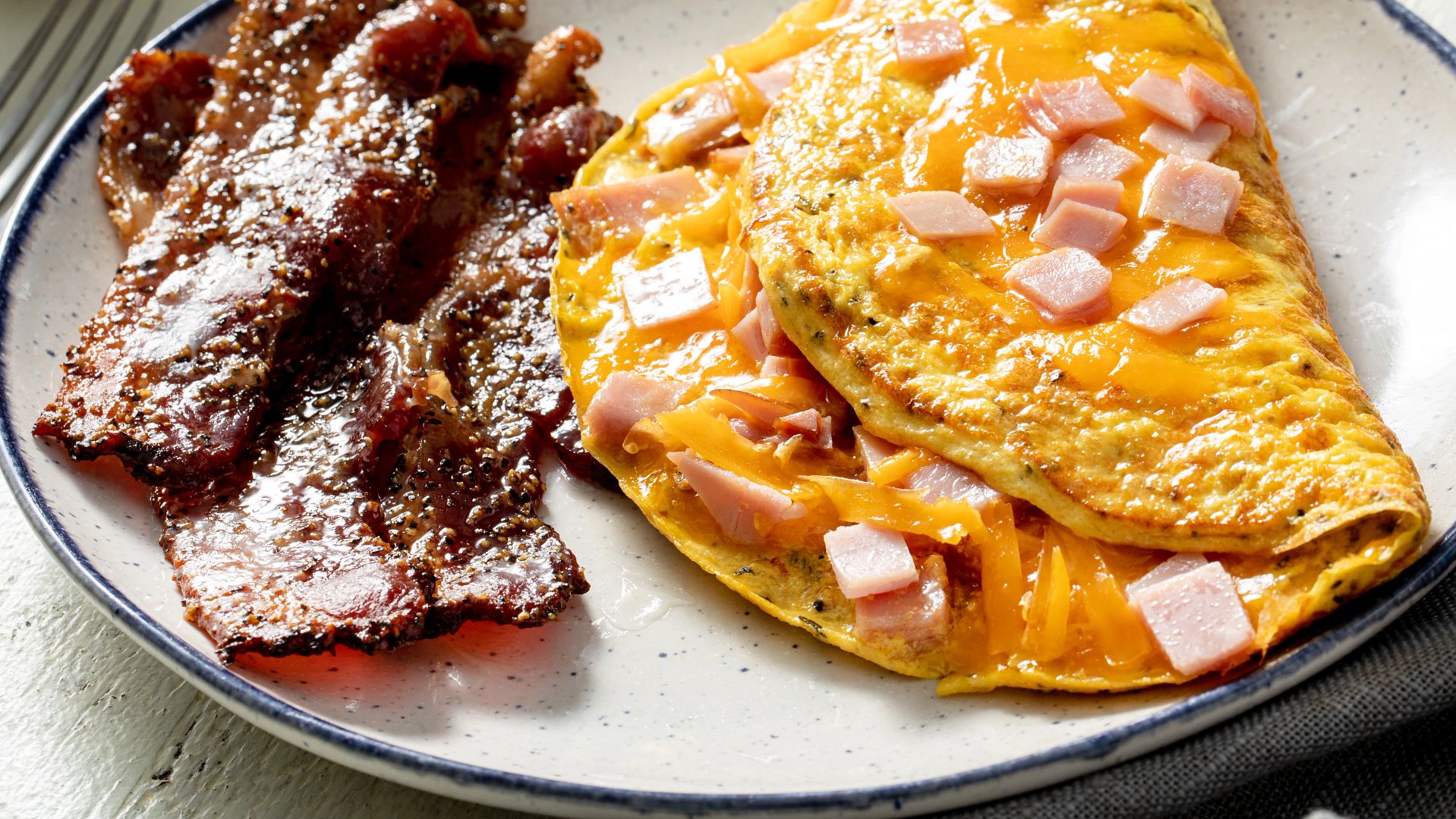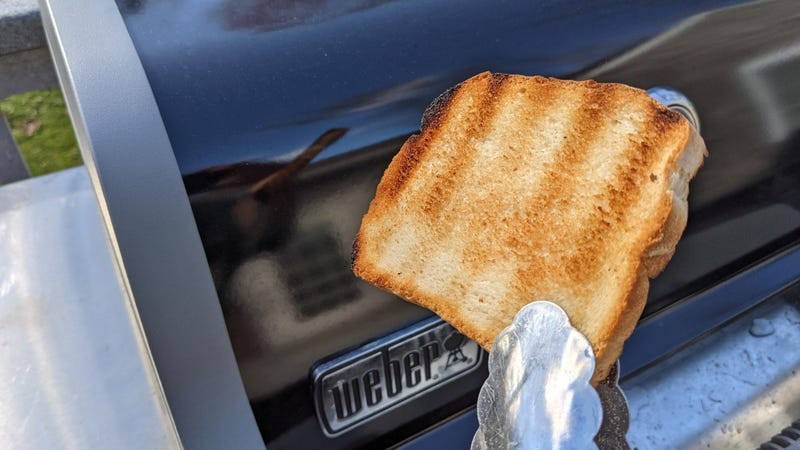When it comes to barbecue, there are myriad grills and multiple fuel sources one can use to make that succulent smoked deliciousness. These include ceramic cookers, offset grills, vertical smokers, gassers, and kettles. Fuel sources run the gamut from electric, charcoal, propane, natural gas, stick burners, and on and on. But the one constant that binds them all together is smoke. Before you scoff at combining smoke and a gas grill, know that I smoke on my gas grill all the time. It can be done. But to get smoke, you first need wood. But what type of wood and what format? Hardwood? Fruitwood? Cedar? Chips? Chunks? Planks?
Let’s start with the main types of wood. There are dozens of smoke woods that can be used, but I’m going to focus on the top woods in terms of popularity and availability:
Hickory is the most commonly used wood to smoke with. It works particularly well with pork and ribs and imparts a sweet and strong flavor with notes of bacon. Hickory is often used as the measuring stick for other woods, used to describe where they fall on the flavor scale. For example, other popular woods such as apple, mesquite, peach, and pecan are a little sweeter and milder than hickory is, whereas cedar can have a strong, nearly overpowering flavor if used to grill for too long.
Source: Fix.com

Chips, Chunks, or Planks?
Now let’s talk about the format in terms of chips, chunks, and planks. The first two can be used interchangeably for long-term smoke sessions. Planks should only be used for quick grilling to impart smoke and oils into proteins such as salmon, shrimp, steak, or chops. Yes, you can plank grill more than just seafood.
In terms of chunks versus chips, I always prefer chunks, primarily because one chunk can last much longer than can the equivalent in wood chips. Even soaked wood chips will not last nearly as long as a chunk will, which means that the lid of the grill does not have to be opened as often with chunks, thus cooking time is reduced. That said, chunks are not always available. Not many places carry a wide variety of chunks, and ordering them online is pricy because shipping costs are so high. As such, sometimes chips are the only way to get that sultry smoke flavor into the meat. Chips might also be the only cost-effective way to try some exotic wood like the native Hawaiian kiawe or pimento for an authentic smoke for jerk chicken.
Source: Fix.com

The problem with wood chips is that they burn up extremely quickly if not insulated from the heat. There are two things that can be used to insulate chips – water and foil. Soaking the chips overnight will make them last longer on the grill and will reduce the number of times the lid needs to be opened to add wood. Another option is to lay a sheet of aluminum foil down and to place a handful of dry wood chips on it and form the foil into a wood-filled ball. Poke a couple of holes in the side with a sharp knife and toss on the fire. The foil will insulate the chips sufficiently from the fire to allow them to smoke and not burn up immediately. When the foil ball stops smoking, pull it out with tongs and add a fresh one.
Source: Fix.com

Wood chunks should never be soaked. The water only penetrates the very outer edge. A full 24-hour soak will only penetrate the wood about an eighth of an inch. Chunks are big enough that they will smolder for hours without the water.
When soaking any wood, never use beer, wine, whiskey, or other alcohol. It’s a waste of good booze, as its flavor will in no way penetrate the meat because it leaves the wood in the form of steam, not smoke.
And finally, planks. Planks need to be soaked in water before going on the grill. If not, the fire will burn above the grill grate rather than below. Soak the plank for one hour before placing it over the fire on the grill. Close the lid for about three minutes. This will pull some of the moisture back out and allow for optimal smoking. Open the lid, flip the plank over, add the protein to the plank, and close the grill. If the meat is placed on the plank right away, it will take a while for the excess water to work itself out of the plank before any smoking occurs. All the while, though, the meat is cooking. Remember, plank grilling is done pretty quickly so if it takes three to five minutes for the smoke to start rolling off that plank, then the meat is already well on its way to being done.
We’ve already covered the fact that apple wood can be used to smoke with, but what about crab apple? Apples are delicious, but crab apples are disgusting. As a general rule, if the tree produces a fruit or a nut, even if we don’t find that fruit or nut tasty, the wood can be used for smoking. Nobody is eating the crab apples other than birds and squirrels, but the wood can be used to smoke meat. Ornamental fruit trees like Bradford or Cleveland pears as well as double-blossom cherry can be used for smoking, and they substitute perfectly for their non-ornamental counterparts. Pecans and pecan shells can be used, too, and pair wonderfully with beef.
Other non-wood items can be used to smoke with, too. For example, you can smoke with soaked herbs and even slices of onions and garlic. Those last two, when done together, are incredible. Simply toss thick slices of onion or whole cloves of garlic onto the fire when smoking. Don’t worry about skinning the onion or the garlic. It all imparts great flavor.
Source: Fix.com

We’ve now talked about the main types of woods, the format, and little known woods that can be used for smoking. Let’s discuss woods that should never be used to smoke.
- Any wood of unknown origin should not be used. If there is no definitive way to prove what type of wood it is, do not use it.
- Avoid lumber altogether. Most of it is treated in some way to make it more durable for building.
- Any wood that has been painted or stained should not be used to smoke.
- Old pallets are a big no-no. The wood may be treated, and if it had chemicals spilled on it at some point, those are going to go directly into the food and into your body.
- Here’s a short list of wood types that should not be used: pine, fir, spruce, redwood (the conifer, not red oak), cedar (other than planking), elm, eucalyptus, sycamore, liquid amber, cypress, elderberry, or sweet gum.
I have only covered a small list of woods that can be used to smoke and what they pair well with in this article, but there are many, many others that can be used including acacia, apricot, birch, butternut, cottonwood, fig, lemon, lilac, mulberry, nectarine, olive, pear, plum, sassafras, and walnut among many, many others. Get creative and experiment.
This article was written by Fix Editors from Food & Wine and was legally licensed through the NewsCred publisher network. Please direct all licensing questions to legal@newscred.com.








